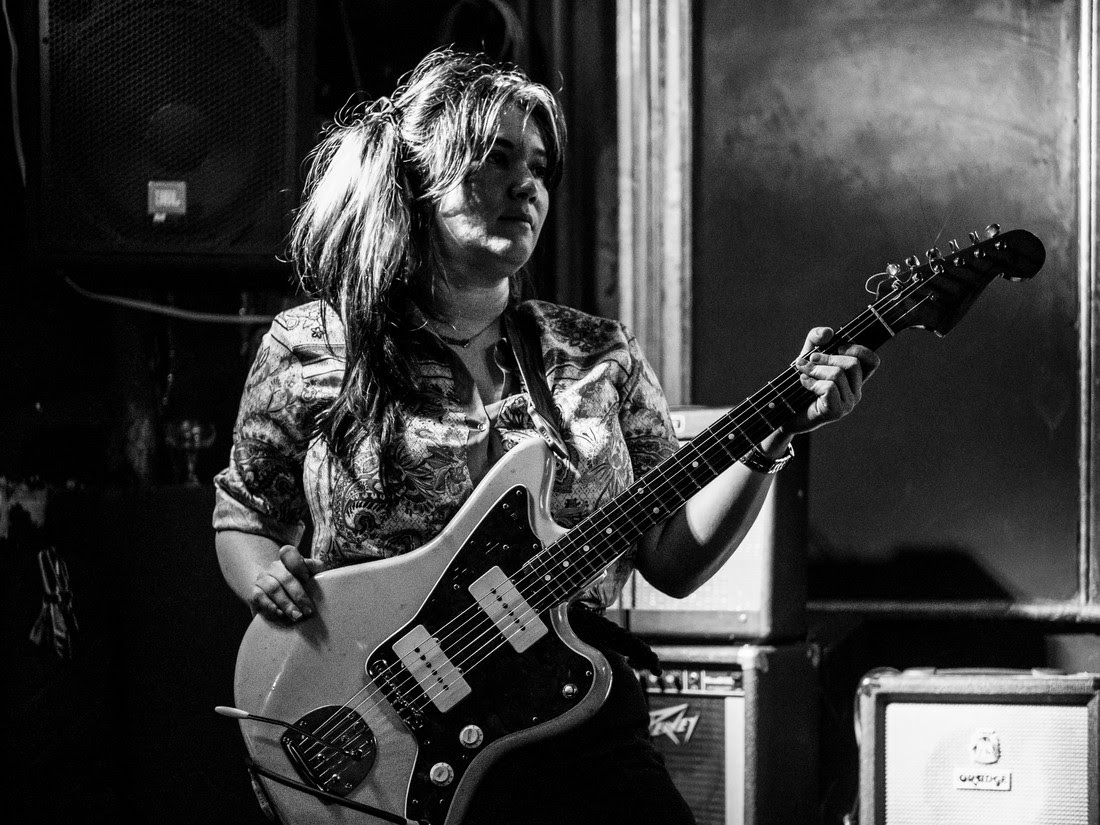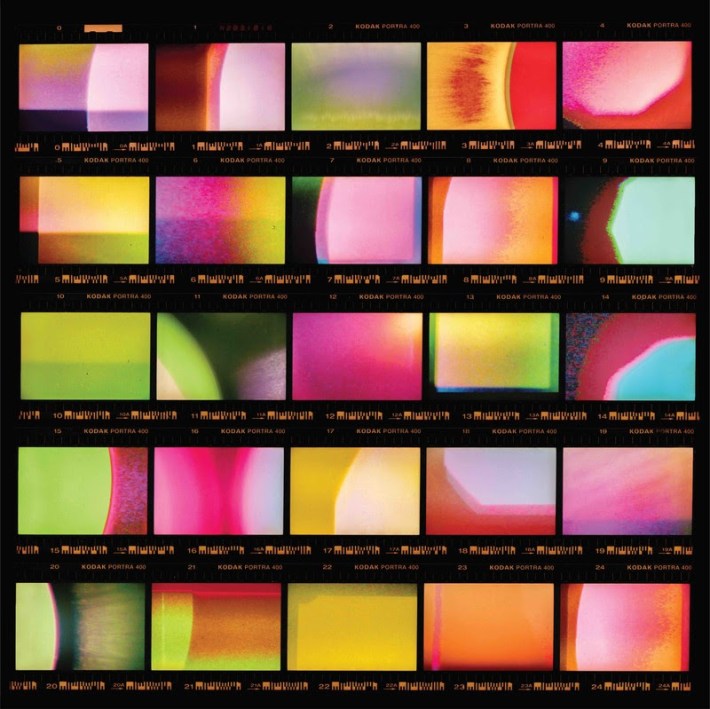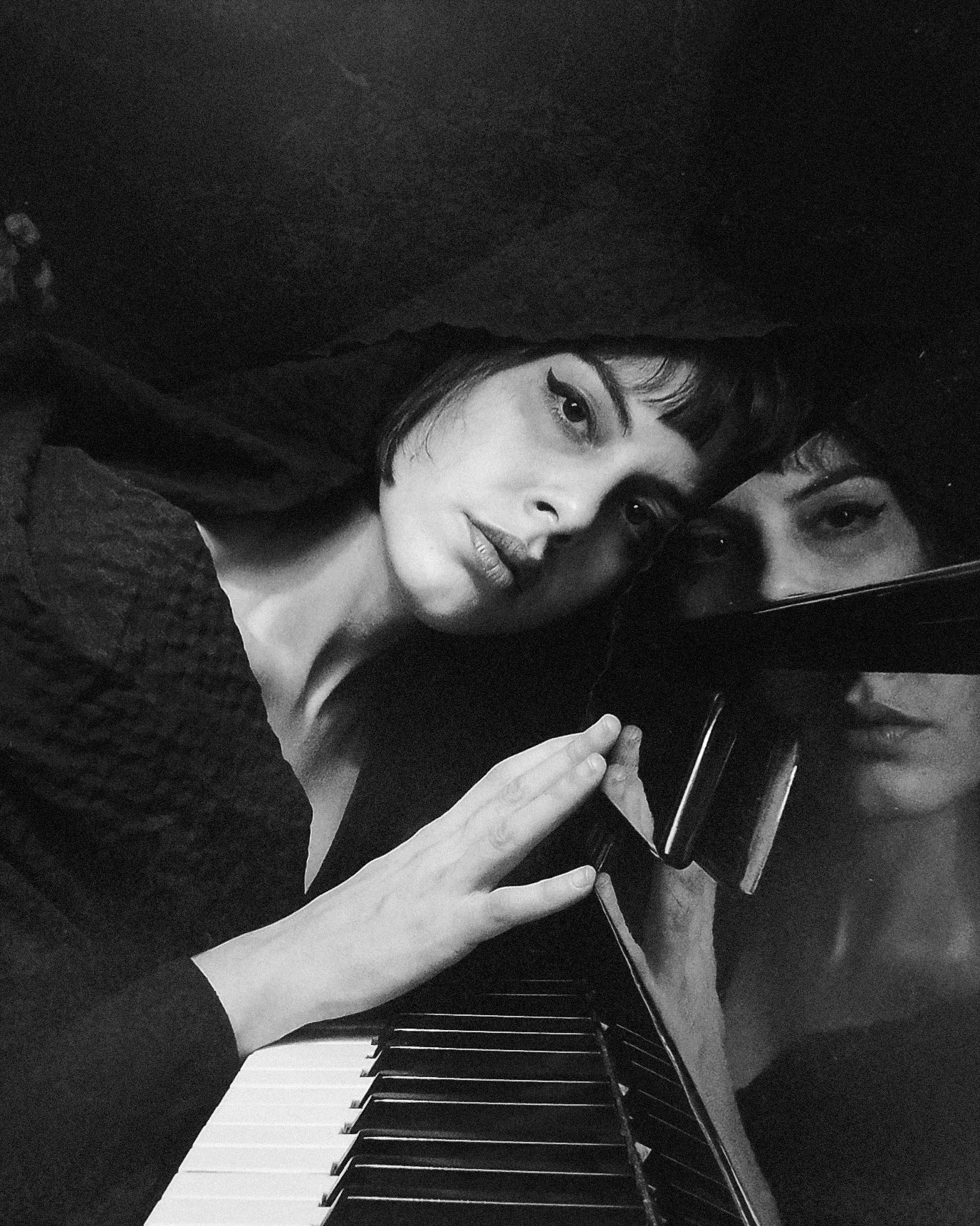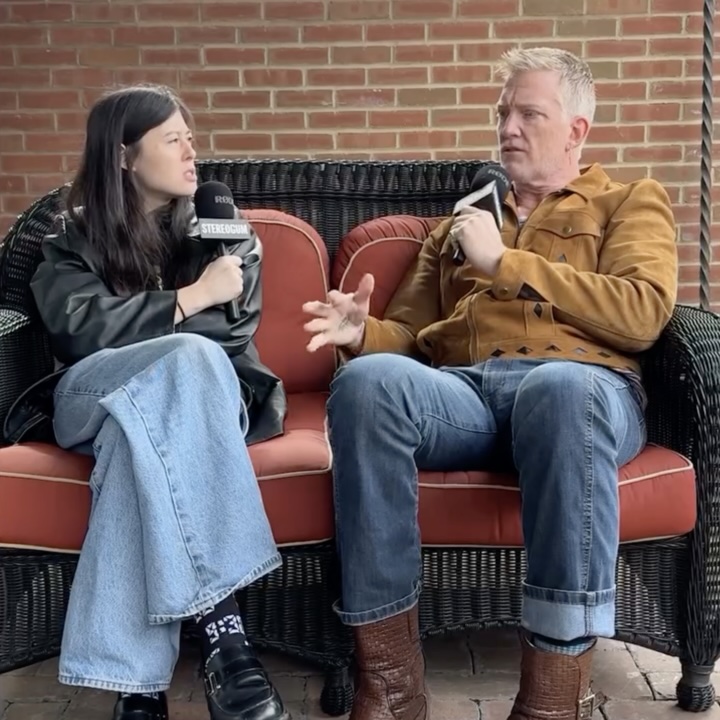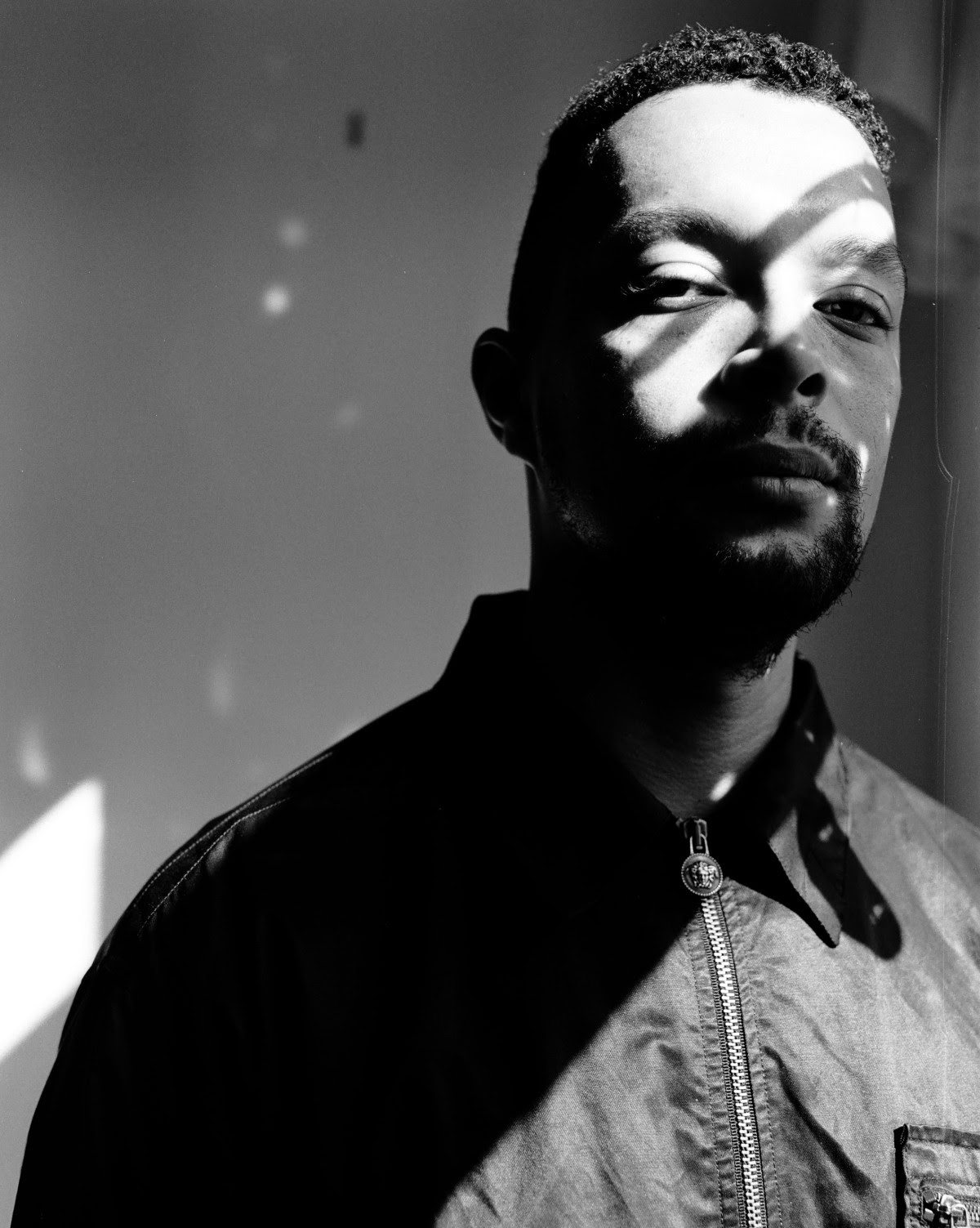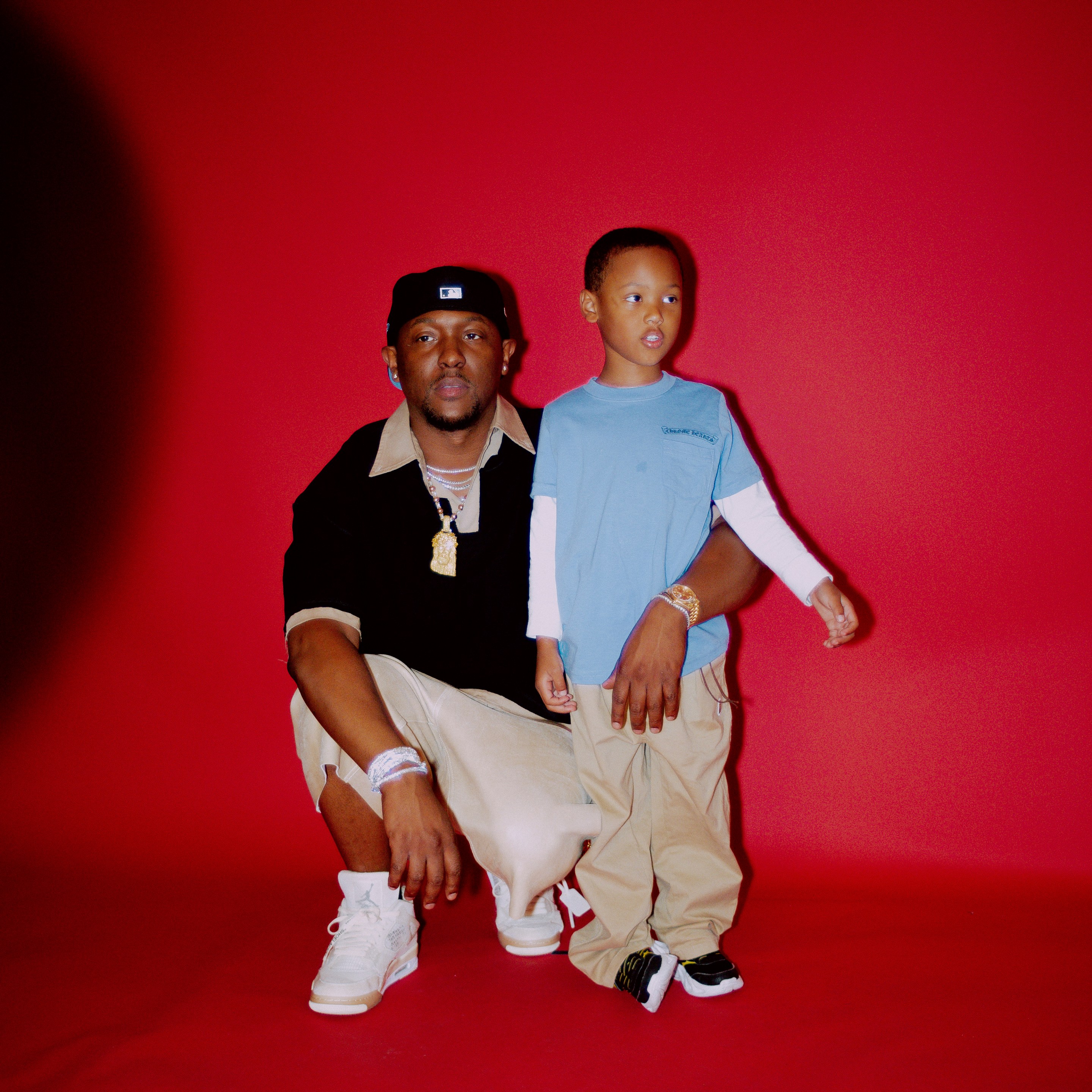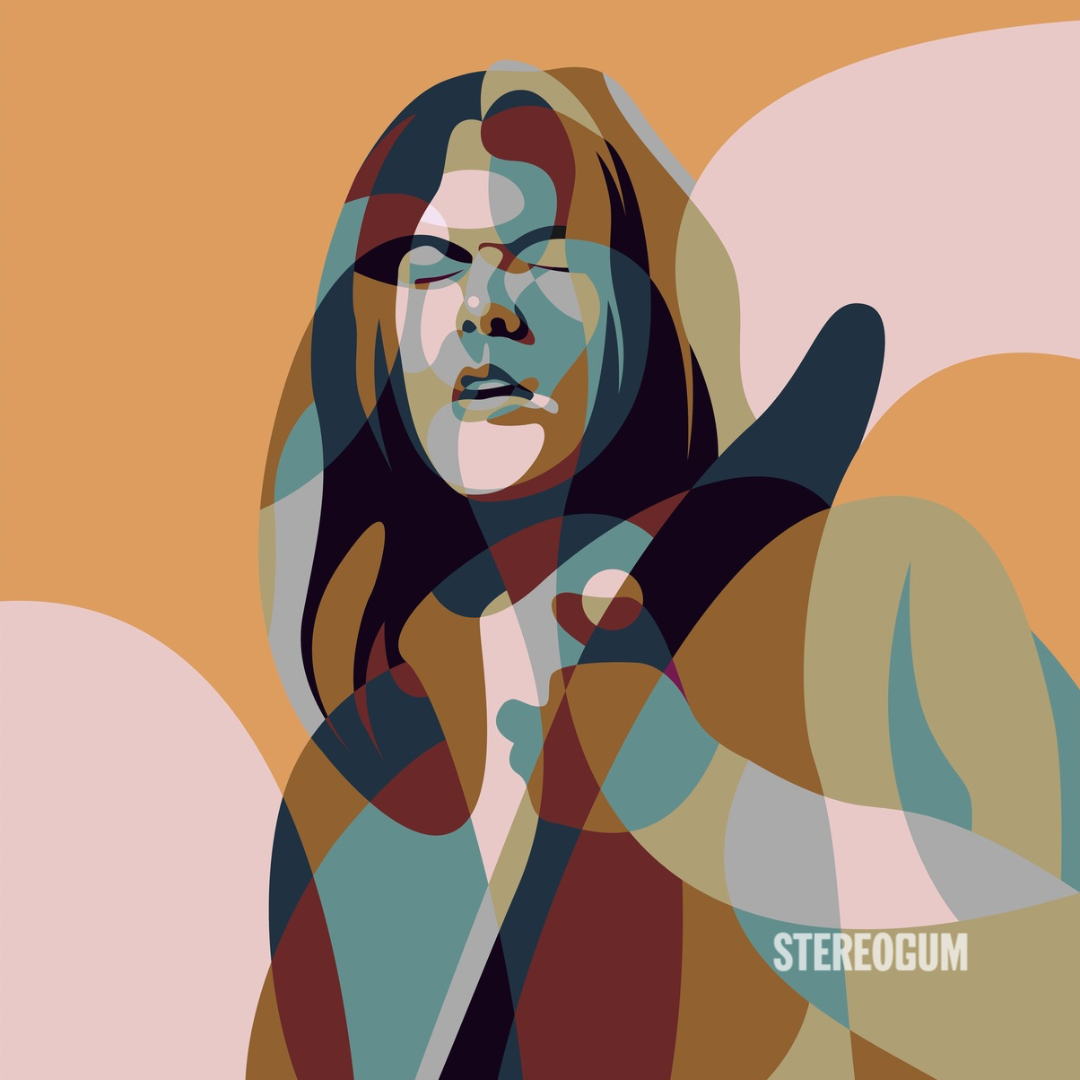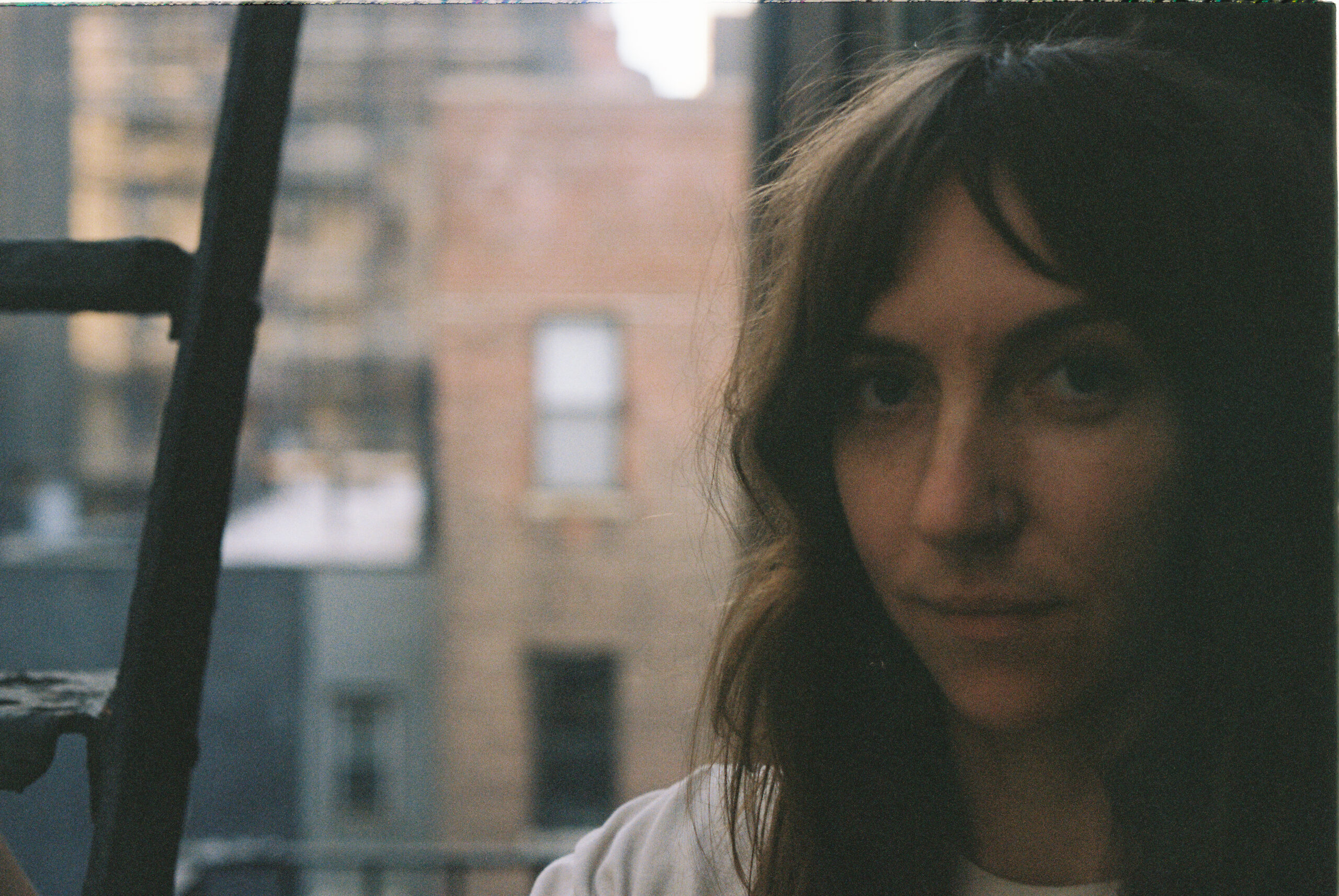To hear Wendy Eisenberg tell it, the experience of undergoing LASIK surgery is a little like watching a movie you'll never be able to see again: maybe a structural film from the 1960s, except wholly unique and taking place within the eye itself. The patient is fully conscious and able to see the visual effect of the laser entering the eye, while a voice issues instructions on where to look. Eisenberg, who suffered from impaired vision throughout their life before getting LASIK in fall 2021, knew there was a concept album in this subject before they even underwent the procedure. The working title? Eye Music.
Now called Viewfinder and slated for release this Friday through the great Chicago experimental label American Dreams, the Brooklyn-based guitarist and improviser's concept album is an outpouring of creative energy. The first thing listeners are likely to notice is its scale: 79 minutes across two full LPs, with two extended improvisations at its center that equal the length of a conventional single LP by themselves. The next is the lushness of the music, aided by a crack band and tinged with an uncanniness reflective of Eisenberg's post-surgery hyper-clarity. The first single, "Lasik," features a video from Richard Lenz that approximates the experience of undergoing eye surgery.
Stereogum chatted with Eisenberg about Viewfinder and the "unrepeatable film" of laser eye surgery. Listen to the album and read the interview below.
Tell me a little bit about the experience of undergoing laser eye surgery.
WENDY EISENBERG: You have to stay awake for a surgery and see the visual effects the laser going into your eye has on you. And because cameras are modeled after the fashion of our own eyes, the way that the light is shifting when the laser is doing its job — which is opening up some corneal flap, it's confusing — you kind of see something as experimental as a camera process happening in your eye, with the existing light and scenery of the room. So you have this effect of the light moving and these abstract, kind of blobby, weird light-halo forms that can never be repeated except if you get the exact surgery again. It's unbelievably trippy.
Immediately after the procedure they drive you home because obviously you shouldn't be driving, or someone picks you up. I was supposed to be sleeping, but I just kept opening my eyes and closing them and opening them and closing them, and every single time I would open them the world would get a little bit sharper, but it wouldn't be totally sharp. It was kind of as unrepeatable as the laser effects were, where there was this weird back-and-forth between increasing clarity and the need to close your eyes. I was just walking around my apartment being like whoa that's sharp, or I really gotta clean this or whatever. And then I eventually probably went to bed, but in a matter of hours I could see totally clearly. It was a very hallucinatory, fantastic state. And it is actually sort of painful. But a couple years have gone by and now my vision is just fine.
When did you think there might be a piece of music in this experience?
EISENBERG: I usually write semi-autobiographically. I saw a concert of my friend Michael Cormier, and he writes these short story songs about imaginary figures, and I wanted to make a piece that was multimedia. I wanted to involve Richard and his visuals, and I wanted to share the sublime and surprising effects of the surgery on me. In the back of my mind I knew I was gonna write about it even before I got the surgery, but once I got it I was shocked because I thought of how much I love music and prioritize it in my life over the visual. I thought to myself, why is there such a sight bias? What does it mean that the art forms that you can see and reach out and touch land so differently on me than music, which is sensory in a non-visual way, unless you're watching the musicians or looking at the album cover or the music video?
I've always been fascinated by how visual art feels like it means something different to culture. A thinker that I became totally obsessed with during the conception of the project is Jonathan Crary, who has a lot of writing on the visual, and also Jacqueline Rose's Sexuality In The Field Of Vision. They are thinking about sight on a very high level, so I was philosophically interested in the sight for a long time for getting the surgery. Then when it happened, the thing that I'd unwittingly theoretically been preparing for through this research became biographical.
The video for "Lasik" is roughly an approximation of what you saw during eye surgery. Can you tell me what you felt seeing the video for the first time and how it compares to what you saw?
EISENBERG: The video was repurposed from the projections that Richard [Lenz] had made for the original Eye Music concerts, and those projections were conceived to express exactly what it was that I saw. The way they did that is by using a camera that could film on the inside of itself, so it would be lensless, the lens itself wouldn't exist. You wouldn't be able to focus on any specific representational image, you would just see the effect of the light on the camera and the film. It looks how it looked, except when I got surgery there was more white light because I was in a white operating room.
The original title Eye Music was inspired by Marie Menken's 1961 short film Eye Music In Red Major. Is there a tradition of artwork about sight you drew on for this album?
EISENBERG: Yeah, honestly I feel like a lot of it was Marie Menken, and thinking about her and her expansiveness as a filmmaker and all the other things she would do. And a lot of it was Stan Brakhage. But it was more the fact of sight as an occasionally coercive conceptual tool that was interesting to me, more than specific artworks themselves. The song "In The Pines" is about how there's a way that we want the people in our lives to see us. You "see" as a metaphor for understanding – for example, "Do you see me?" is another way for many people to ask, "Do you feel me on this?" And what's the difference between those two things? Seeing reminds you that you're using a process to witness something other than yourself, and feeling reminds you that there's a physical dimension on the other side of it. So what happens when it's this immaterial beholding?
We rely on reader subscriptions to deliver articles like the one you're reading. Become a member and help support independent media!
I saw an interview where you said Viewfinder was two sets of LPs because you had two eyes.
EISENBERG: [Laughs] I was just making a joke.
I was going to ask if there were any other sets of two on the album.
EISENBERG: Oh yeah. Well, one of the songs completely repeats itself — at the end of the third side it comes back — and then a lot of the forms are A-B. But if my joke was actually true, that it's a double LP because it's two eyes, the way that we see things is some mediation between the information aggregated from two source points — it isn't like I can tell that this is my right eye and this is my left, it's an aggregation. So there's a lot of similar harmonic material that reemerges. It's less about literal doubling than memory doubling, like "I think I heard that chord there rather than here," or something.
Tell me why you decided to release the album as a double LP and about the challenges of releasing a double LP as an indie artist.
EISENBERG: A lot of my favorite records, like [Cindy Lee]'s Diamond Jubilee, are doubles. I really like it because it's a wealth of things that I can bask in, or it's asking many questions but those questions are under a wide enough umbrella to be supported by two discs. I think about that a lot, why I want to return to larger-scale work even if I don't wanna listen to all of it, at one given point or even if I don't have the time. And I think the sheer breadth of it feels weirdly trusting. You only want to throw it on if you really love music because it's so big, and that's a huge show of trust in the audience.
It was pretty hard to get a label that could afford it, and I was really, really, really lucky that American Dreams was willing to take it on. I think right now in the industry, the smaller labels that take an interest in the sort of work I've been doing are the ones that don't have the funds to create a larger-scale work, but that's the demographic that would be interested in something longer. So in order to gain the access to people like you who wanna write about this, or to the people the people at American Dreams have access to, or [publicist] Cody [DeFalco] or anyone, you need to play to the material instead of just kinda dumping it out, which is a strange thing to verbalize in an interview.
There's something kind of fundamentally awesome about long tracks and long albums.
EISENBERG: I think people like it. The other thing is, it seems paradoxical, but a lot of people listening to music listen really passively, and one of the virtues that probably shouldn't even be stated about a long thing is that parts of it can be ignored. And then because they've entered your brain in this kind of subliminal way, you already know them. So when you listen to them again, the part of your brain that wants to listen to something familiar has that satisfaction, but then there's another brain that's like, here's a new way to listen.
Viewfinder is out 9/13 via American Dreams.
